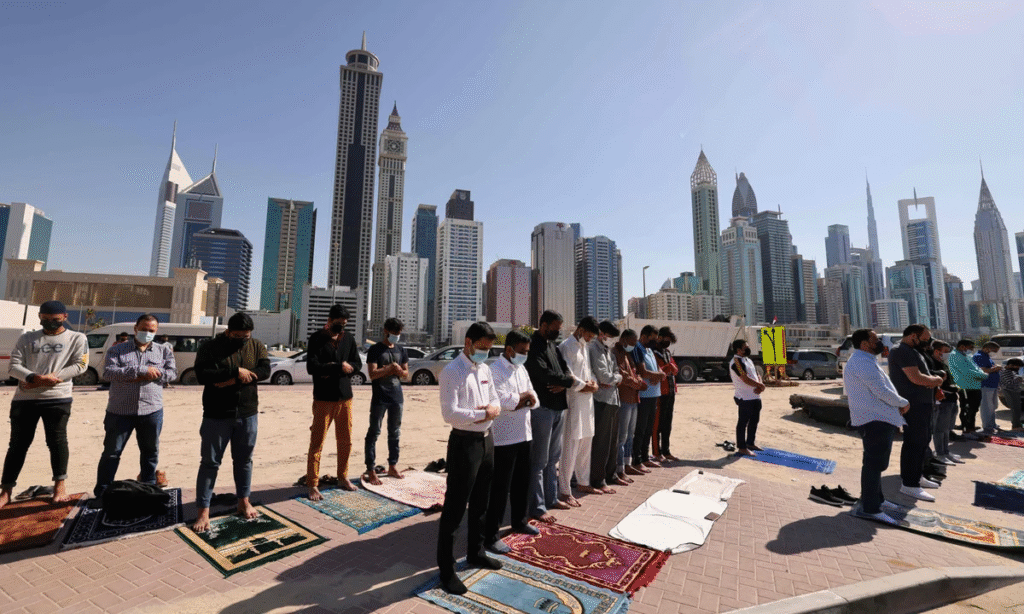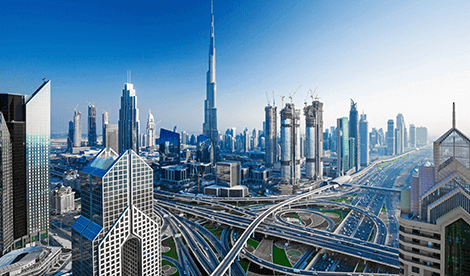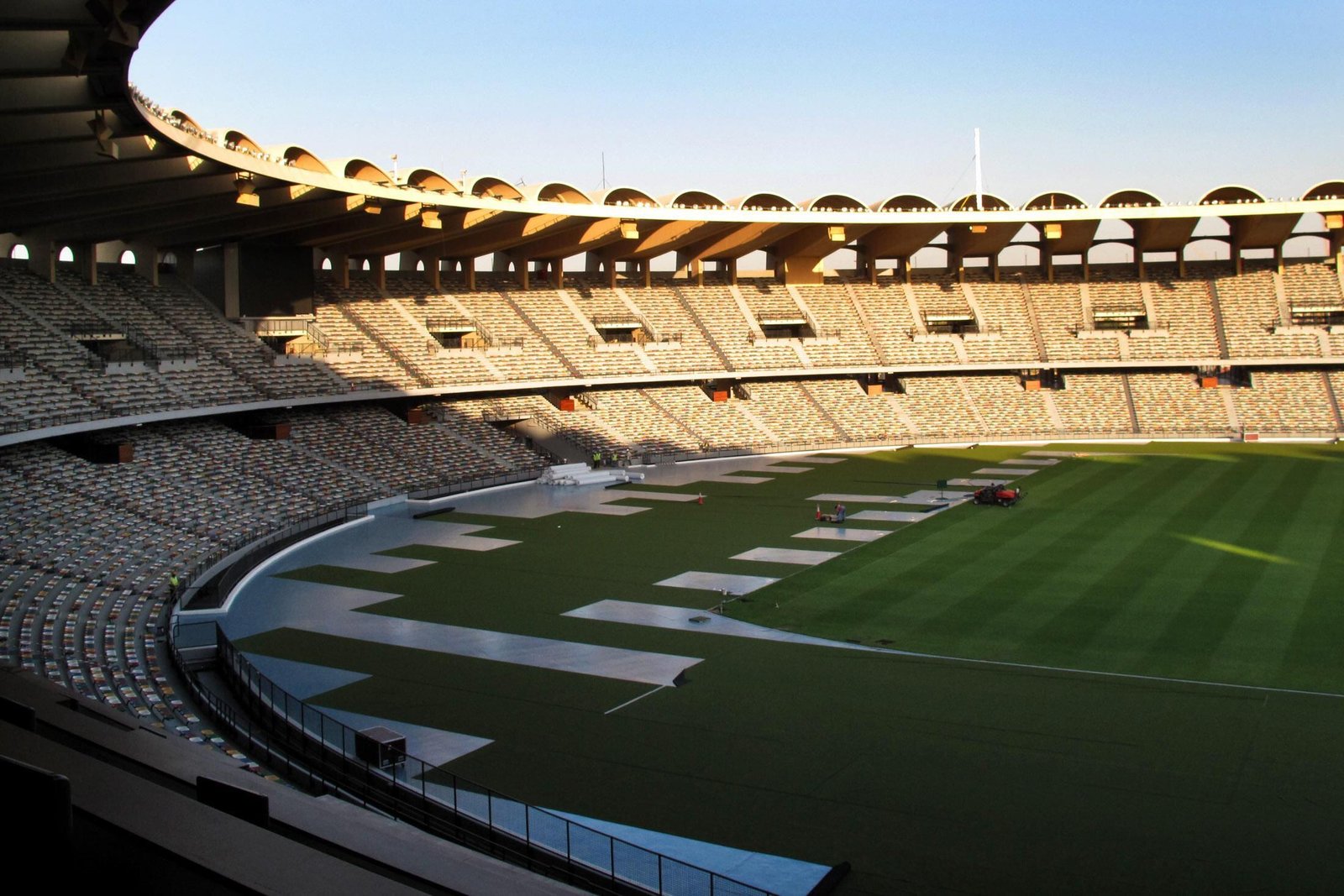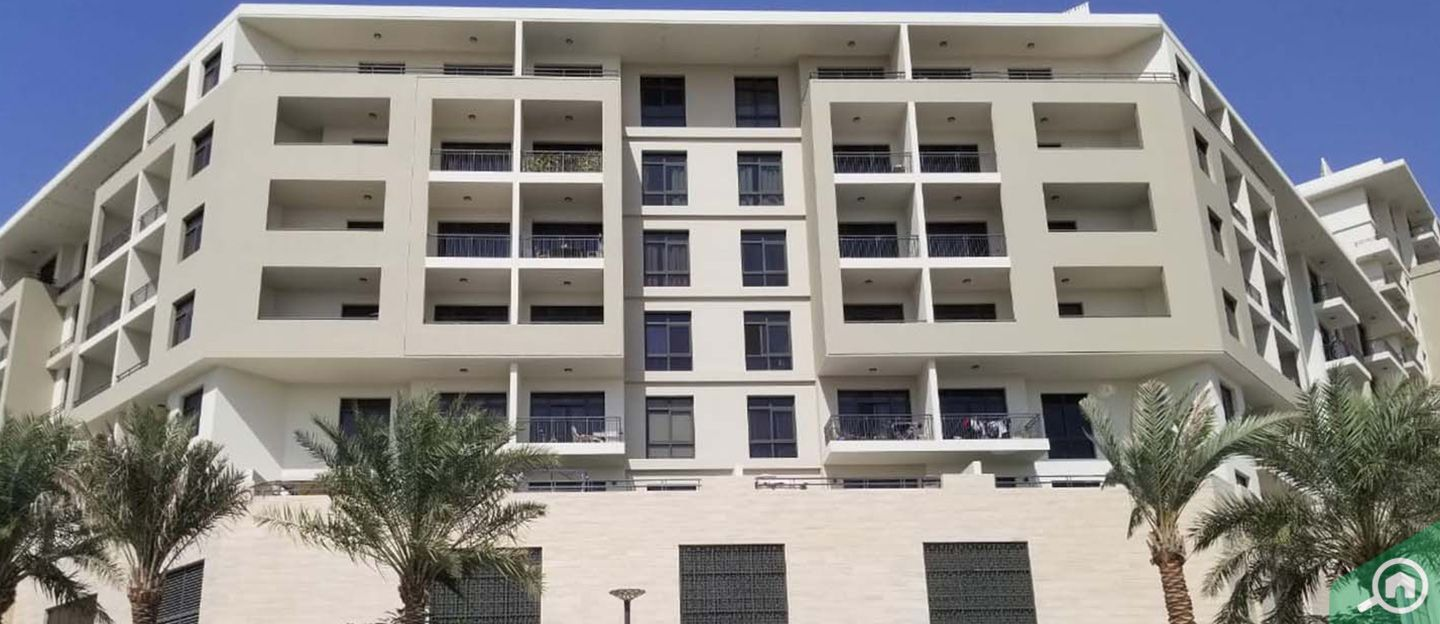Now Reading: UAE Strengthens Public Safety with New Facility Audit Measures
-
01
UAE Strengthens Public Safety with New Facility Audit Measures
UAE Strengthens Public Safety with New Facility Audit Measures

Table of Contents
The United Arab Emirates (UAE) is globally known for its world-class infrastructure, modern architecture, and commitment to safety. From high-rise towers and shopping malls to schools, parks, and hospitals, safety has always been a key focus of the country’s development vision. To maintain this reputation and ensure the well-being of residents and visitors, safety audits for public facilities have become an essential part of the nation’s ongoing safety strategy.
In simple terms, a safety audit is a detailed inspection and evaluation of buildings, equipment, and operational procedures to ensure compliance with safety standards and regulations. These audits help prevent accidents, ensure smooth emergency responses, and promote confidence among the public.
Why Safety Audits Are Crucial in the UAE
Public facilities such as airports, metro stations, hotels, stadiums, and schools are used by thousands of people every day. Any negligence in safety management can lead to serious consequences. The UAE’s leadership understands that prevention is always better than cure which is why regular safety audits are mandatory across many sectors.
Safety audits focus on multiple areas, including:
- Fire safety: Ensuring fire alarms, extinguishers, and evacuation routes are in place and functional.
- Electrical systems: Checking wiring, backup generators, and electrical load management.
- Structural integrity: Inspecting buildings for cracks, leaks, or wear that could cause future problems.
- Emergency preparedness: Verifying that staff and management know how to respond during an emergency.
- Accessibility: Ensuring facilities are safe and convenient for people of determination.
By conducting these audits, authorities not only identify potential hazards but also create a culture of responsibility and awareness among organizations and facility managers.
Government’s Role in Strengthening Safety
In the UAE, safety regulations are managed and monitored by multiple government entities, depending on the type of facility and location. For instance:
- Dubai Municipality oversees safety in public buildings, parks, and entertainment zones.
- Civil Defense departments in each emirate conduct fire safety inspections and emergency response drills.
- Health and Safety Departments within free zones and industrial areas ensure compliance with workplace safety rules.
- Abu Dhabi Occupational Safety and Health Center (OSHAD) sets standards for occupational safety across Abu Dhabi’s public and private sectors.
Each of these bodies works under a unified goal to make the UAE one of the safest countries in the world.
The government frequently updates its safety standards to align with international best practices. For example, the Dubai Civil Defense introduced smart inspection systems that use digital checklists, AI-based monitoring, and real-time reporting to identify and resolve issues faster.
How Public Facilities Are Audited

A typical safety audit for a public facility follows several stages:
- Initial Assessment: Auditors visit the site to understand its operations and identify risk zones.
- Documentation Review: Safety manuals, training records, and maintenance logs are reviewed.
- On-Site Inspection: Every area is physically checked from electrical rooms to public restrooms for safety compliance.
- Staff Interviews: Employees are questioned to verify their understanding of safety procedures.
- Risk Evaluation: The team lists potential hazards and rates them according to severity.
- Reporting and Recommendations: The final report includes findings and corrective measures required to achieve full compliance.
Once the audit is complete, facility managers must act immediately on the recommendations. Follow-up inspections are often scheduled to confirm improvements.
Sectors Where Safety Audits Are Most Common
- Hospitals and Clinics: Medical facilities must maintain high hygiene and fire safety standards to protect patients and staff.
- Schools and Universities: Safety checks ensure that students study in secure environments with proper evacuation plans and well-maintained infrastructure.
- Shopping Malls: With thousands of daily visitors, malls are regularly audited for fire exits, crowd control, and emergency preparedness.
- Hotels and Resorts: To maintain tourism standards, hotel safety audits cover electrical systems, swimming pools, kitchens, and staff training.
- Public Transport Systems: Metro stations, airports, and bus depots undergo audits to ensure smooth operations and passenger safety.
Benefits of Regular Safety Audits

Conducting safety audits delivers several long-term benefits for both authorities and the public:
- Prevention of Accidents: Early detection of hazards reduces the chances of fires, electrical failures, or structural collapses.
- Cost Savings: Fixing minor issues early prevents expensive repairs later.
- Compliance with Regulations: Regular audits help facilities meet legal safety requirements and avoid penalties.
- Enhanced Reputation: Safe facilities attract more visitors and create trust among the public.
- Employee and Visitor Confidence: Knowing that a building is regularly inspected promotes a sense of security.
The Role of Technology in Modern Safety Audits
The UAE has embraced smart technologies to enhance safety inspections. Drones, IoT sensors, and AI-driven software are now being used to detect heat levels, gas leaks, and structural weaknesses without human risk.
For instance, thermal imaging cameras can monitor equipment performance in real time, while digital dashboards allow authorities to track safety compliance across hundreds of public sites.
Smart city initiatives, such as Dubai’s Smart Dubai and Abu Dhabi’s Digital Future, aim to make safety management more data-driven and transparent. These technologies also make audits faster, more accurate, and easier to follow up on.
Building a Safer Future
As the UAE continues to expand its infrastructure and attract millions of visitors each year, safety will always remain a national priority. The country’s proactive approach toward regular safety audits ensures that every public space from hospitals to hotels meets the highest safety benchmarks.
In the coming years, we can expect safety audits to become even more advanced, supported by automation, AI, and predictive analytics. The focus will not only be on detecting problems but also on preventing them before they happen.
The UAE’s success story in safety auditing reflects its wider vision to create an environment where innovation thrives alongside human well-being. This careful balance of growth and protection sets a strong global example for how modern nations can keep their people safe while moving toward the future.
Do Follow Estate Magazine on Instagram
Read More:- Fairway Villas: Luxury Villas with Golf Course Views in Emaar South 2025



















